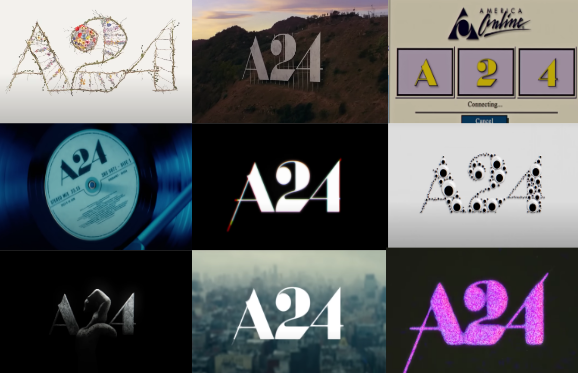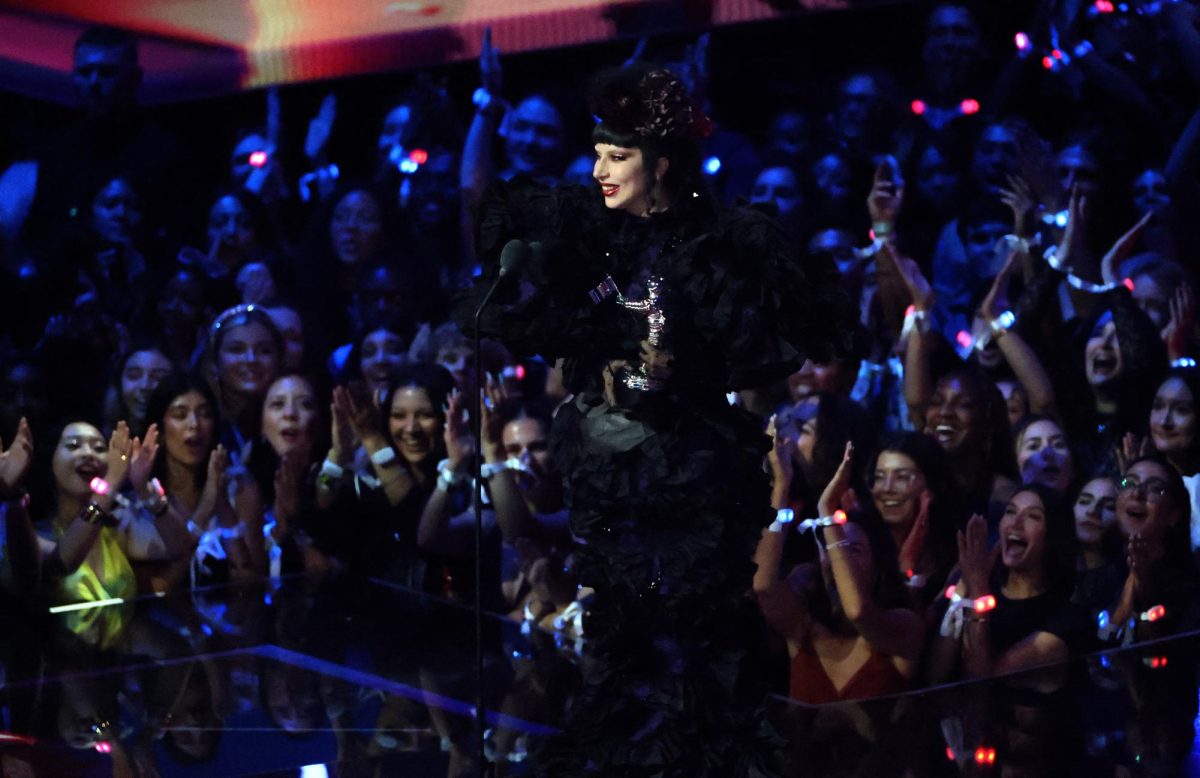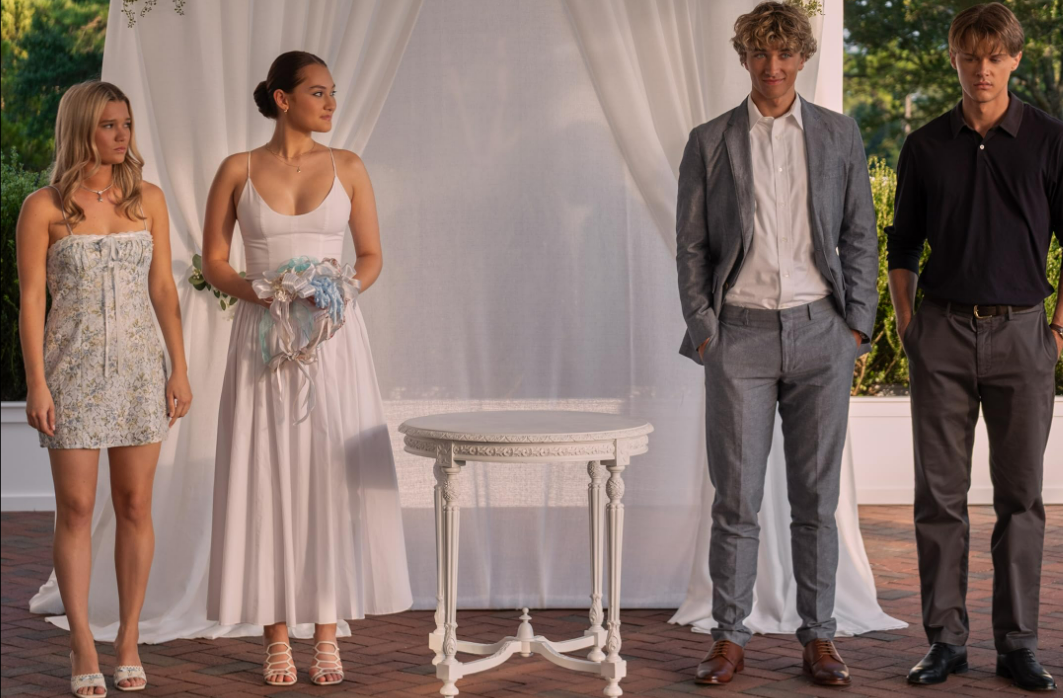
The film industry has witnessed a notable surge in the popularity of indie and coming-of-age films, with an underground film production company A24 rising in this trend. Known for its distinctive and bold storytelling, A24 has carved a niche in the market by mastering unique narratives and fresh perspectives. Films such as “Lady Bird” and “Moonlight” have resonated with audiences for their authenticity and emotional depth. This genre of film reflects a broader and more relatable cultural experience. This desire for films that offer personal, relatable experiences contrasts with our traditional blockbuster movies. A24’s success underscores a growing desire for innovative cinema in an evolving entertainment landscape.
The arrival of fall is the perfect time to watch coming-of-age movies. The changing leaves, crisp air and shorter days evoke a sense of transition, mirroring the characters’ personal growth. There’s something about the golden hues and soft lights of autumn that heightens the feeling of nostalgia, making every bike ride down a quiet street or conversation by a bonfire feel like a moment suspended in time. Fall’s quiet, reflective mood naturally complements the introspective journeys at the heart of these films, where characters face change, loss and self-discovery against a backdrop that feels both melancholic and full of possibility.
Distinct cinematography has become a hallmark of coming-of-age films, often using light, color and framing to mirror the internal experiences of adolescence. The genre frequently plays with warm, nostalgic tones, capturing moments of joy, longing and confusion within each film. Intimate close-ups, handheld shots and natural lighting bring viewers closer to the characters, emphasizing vulnerability and growth.
In films produced by A24, , these techniques shine. “The Spectacular Now” (2013) sets the stage for A24’s style. Its use of natural light and raw, unpolished close-ups capture the messy, unfiltered nature of teenage life. The camera lingers on faces, focusing on emotion over action, creating a sense of immediacy and realism.
Meanwhile, in films like “Moonlight” (2016), the cinematography shifts and even improves. Here, color is used not just for aesthetics, but for storytelling. The lush, saturated blues and pinks reflect the protagonist’s emotional journey. The producers use water as a visual metaphor, from swimming lessons to baptism-like transformations, adding depth to the film’s exploration of identity.
In “Lady Bird” (2017), the color palette becomes softer. The pastel hues of suburban Sacramento emphasize the in-between space that Lady Bird, the protagonist, feels—caught between youth and adulthood, home and independence. The wide shots capture the quiet beauty of Ladybird’s mundane life, while the shaky close-ups during arguments highlight the chaos of her adolescence.
Through the years, A24 has consistently utilized distinct visual storytelling in its coming-of-age films. This depth has set them apart from the seemingly shallow filmmaking that has become popular in the industry. The producer’s ability to blend aesthetic beauty with raw, emotional depth continues to shape the genre, pushing it into more introspective and artistic territories.




